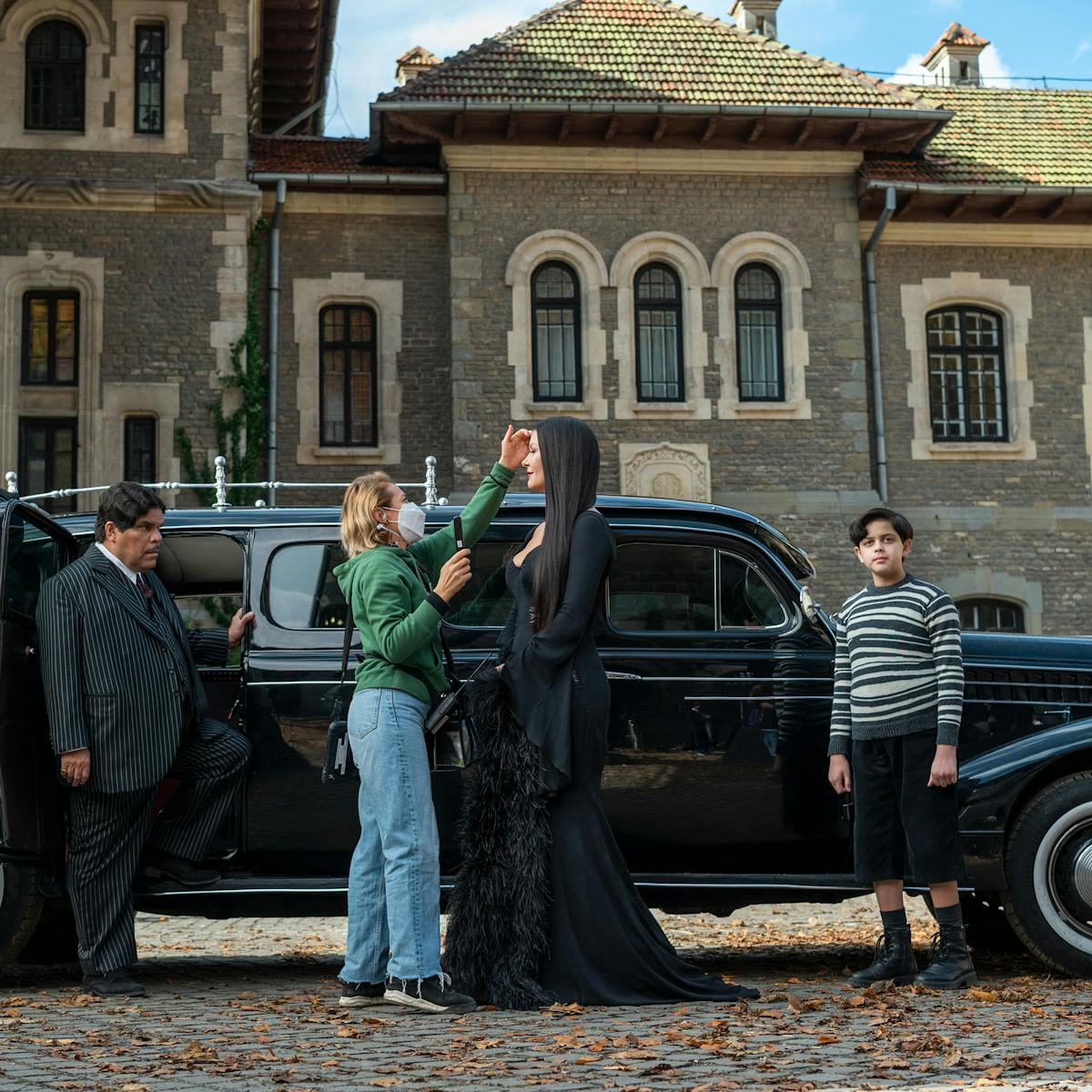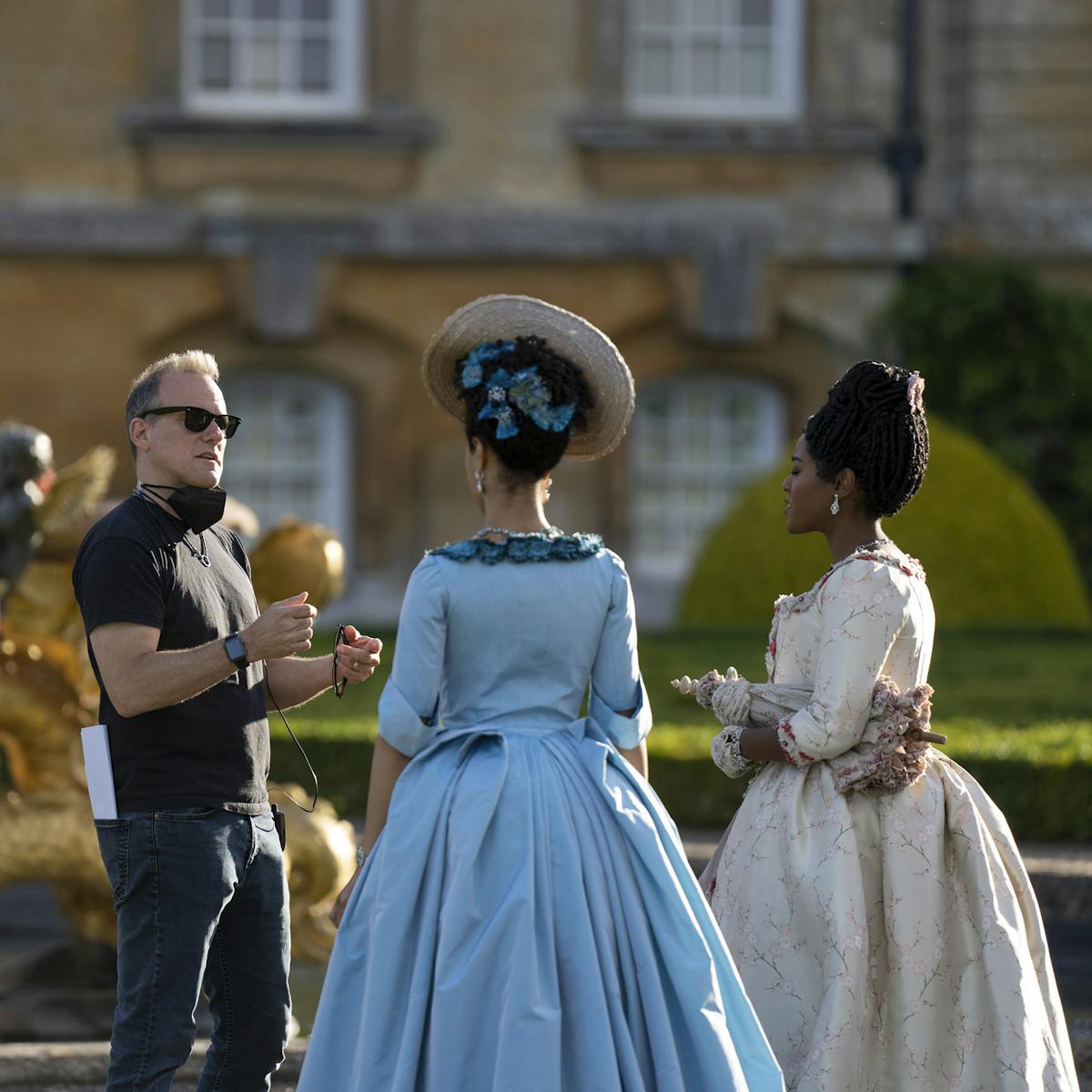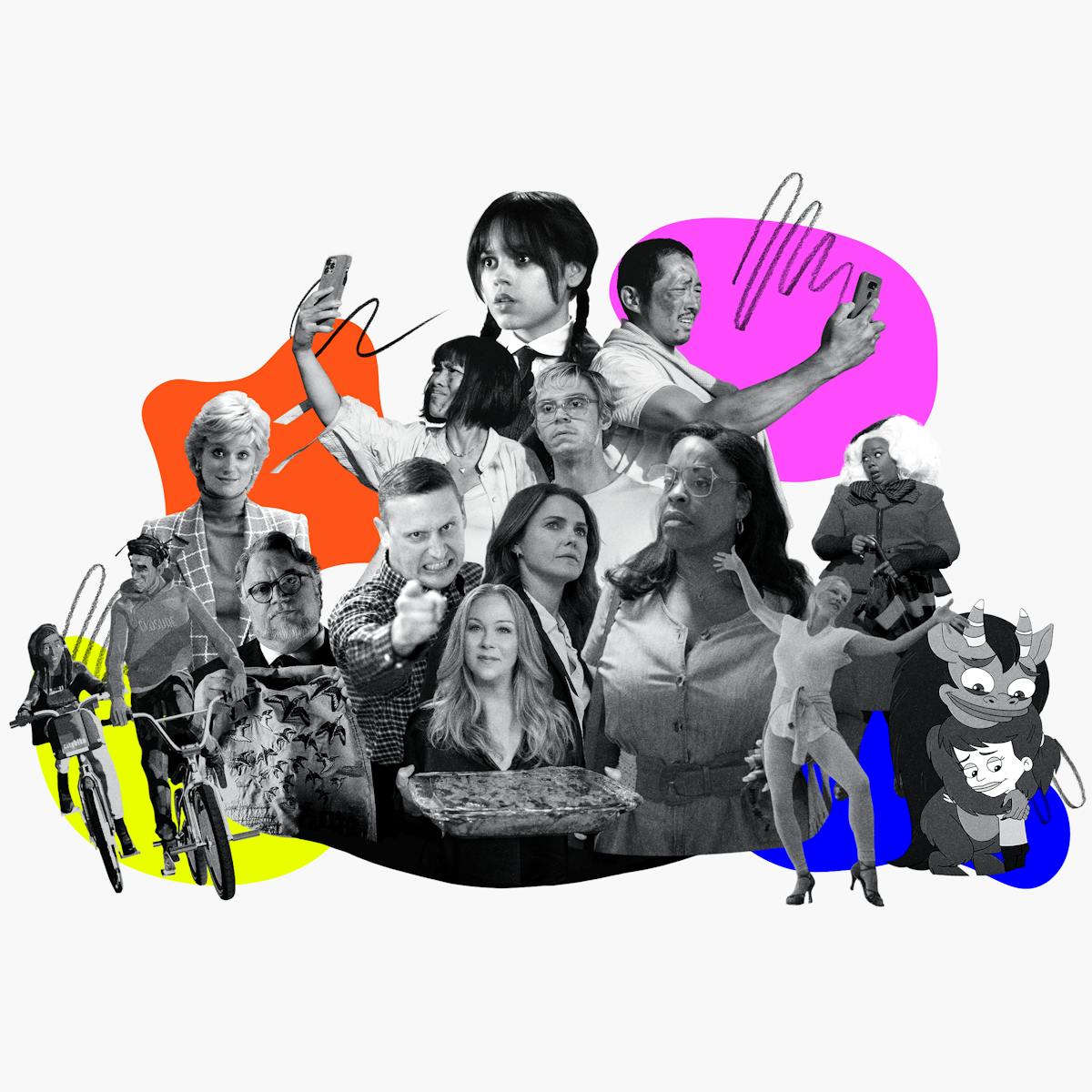Laura McGann’s documentary tells the story of record-breaking free diver Alessia Zecchini and safety diver Stephen Keenan, and plumbs the depths of the human spirit.
The Deepest Breath filmmaker Laura McGann had been an avid swimmer when she first discovered free diving. “I just felt like this was completely new to me. [It] completely blew me away,” she says. Free diving, the sport of swimming tens of meters down into the pitch-black ocean to reach a targeted marker before swimming back up to the surface in a single breath, captivated McGann.
The documentarian, who had previously trained her lens on Ireland’s burgeoning roller derby leagues for her 2016 film Revolutions, learned about free diving through the profound bond of two prominent members of the community: Italian champion diver Alessia Zecchini and Irish safety diver Stephen Keenan. Along with their shared passion for diving, the pair had an extraordinary connection, and McGann felt theirs was too compelling a story not to be told. “That’s really what elevated it to being a really emotional story, for it to actually have a meaning that was far greater than any sport,” she explains. While the documentary highlights the little-known sport of free diving, the project became “more about what it means to be alive, to be [a] human being, and how people decide to live their lives in a different way.”

Stephen Keenan and Alessia Zecchini
The Deepest Breath follows Zecchini and Keenan through their personal discovery and journeys with the sport, showcasing their mutual pull to the ocean and pivotal moments in their careers and bond.
Zecchini knew at age 13 that she wanted to be a free diver, while Keenan was brought to the sport by a lifelong desire to explore nature, under the influence of Sir David Attenborough. “What I loved about this story was that there [were] two people who just absolutely followed their dreams and their hearts, and you can choose to do that in your life,” remarks McGann. “It’s an incredible adventure. They both had this beautiful curiosity for the world around them.”
After her initial interest was sparked, McGann began connecting with various members of the
free diving world, which consists of a small but global, tight-knit group of divers, instructors, judges, reporters, and spectators. “I think people started to hear about me, so then by the time I’d reach out to someone, they’d already know that I was looking at this, so it felt quite organic,” she recalls. Over the course of a year, McGann became embedded within free diving, building relationships across the global network and mapping out her film.
One of McGann’s most vital connections was Zecchini’s unofficial mentor, Francesca Koe Owings, a journalist and scuba diver turned free diving multi-hyphenate who initially discovered free diving after covering the sport on assignment for a magazine. What Owings found was not just a story, but people who would ultimately become her family. Similar to McGann, Owings loved the marine habitat and immediately connected with the sport. “Free diving was not just another way to enjoy my favorite place, but it also made me be present with myself and slow down and actually be introspective and reflective, which were not natural inclinations of mine,” Owings jokes.

Divers underwater
But free diving doesn’t just offer a sense of peace and connection to the ocean; it is also a test of one’s physical limits and endurance. In The Deepest Breath, as Zecchini sets out to break the record of diving 104 meters deep — equal to swimming the length of the Statue of Liberty twice, without taking a breath — she experiences a few failed attempts caused by blackouts, a scary but common phenomenon for divers ascending from the highly pressurized depths of the ocean. As their oxygen supplies begin to dwindle, divers’ heart rates rise, and this combination of forces can lead to a loss of consciousness, which is when on-call safety divers, like Keenan, rush the diver to the surface and begin resuscitation.
To the casual spectator, free diving may seem dangerous, a terrifying feat only attractive to daredevils and thrill seekers. But it is a sport, with an ecosystem of rigorous training, safety measures, and extreme caution. “Yes, we’re pushing the limits of what the human physiology can do, but you’re doing it in such a controlled setting and hopefully with the right safety, the right preparation,” explains Owings.
Owings is now a safety judge as well as the chief of media for competition Vertical Blue, held at Dean’s Blue Hole, located off the coast of the Bahamas. “Some of the most incredible connections I’ve made in life, some of the most astounding athletic feats that I’ve ever seen, and some of the deepest relationships I have were forged and cultivated out of Vertical Blue,” she says. The competition has long been a venue for free diving athletes attempting to break world and national records, and McGann captured the event’s excitement and tension, as well as the vibrant community, for The Deepest Breath. “I think that the diaspora is broad and diverse,” says Owings, “but we all love and feel at home in the ocean.”

Alessia Zecchini and Stephen Keenan
McGann herself describes a divine experience she had while shooting off the coast of Dahab, Egypt. “I was on the surface of the water, but getting to see this drop off into this blue [that] went on forever — that was incredible. I was like, ‘Oh, I get this, and even if I wasn’t making this film, this is an incredible thing to witness and a place to see.”
McGann follows Zecchini as she fights through both immense pressure and tragedy to do what she loves, overcoming physical and mental obstacles that would exhaust anyone’s competitive spirit. But Zecchini, ever the fierce athlete, continues to shatter expectations of what’s possible. In May 2023, she broke another world record, diving to 123 meters in three minutes and 51 seconds — nearly twenty meters more than the goal she set in The Deepest Breath. “What I see that separates those that excel beyond legendary status is a mental fortitude,” says Owings, “[They’re] the ones who get back up after failing.”




